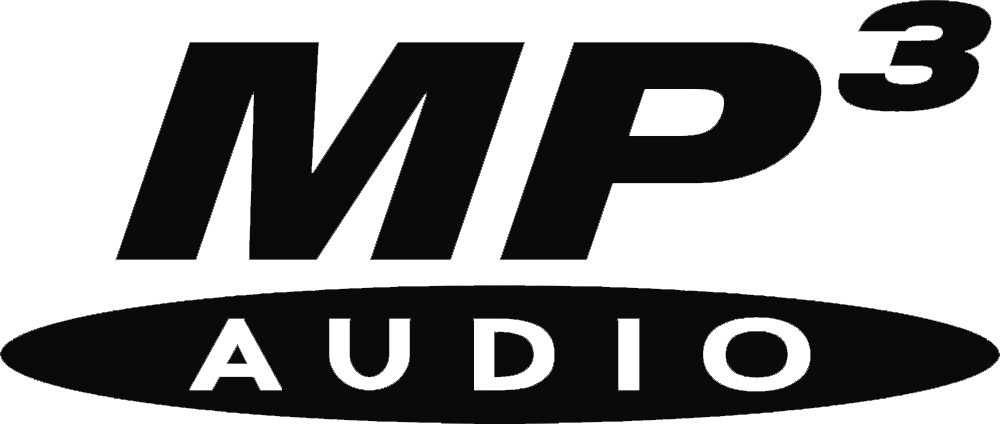In the early 2000’s, Eric worked for a small music retailer transitioning to “e-business”. The dot-com bust crippled it, and it wasn’t long before a larger predator gobbled it up. Eric now found himself in the employ of an electronics and entertainment giant. Amongst their weaponry were a huge catalog of songs, a line of MP3 players, and ample cash reserves- more than enough to squander on an acquisition they didn’t need. Eric and his group found themselves twiddling their thumbs for months.
Then iTunes reared its head, and suddenly Apple was a dangerous new player in the music arena. iTunes had to be driven to irrelevance, and the best way to do that was to follow them to market with a frantic catch-up music player and storefront whose mediocrity and compromised functionality would dazzle the world.

Eric was tapped to work on this “iTunes Killer”. The project kick-off was centered in Los Angeles, with a video conference spanning the rest of the world. Eric was “asked” to fly down from San Francisco to meet the project manager, Mr. Vernon. The two of them would be working closely together.
Eric arrived at the LA office well ahead of time. A fellow developer named Brett was there to greet Eric, help him sign in, and take him to the right floor.
The elevator opened on a floor with a bright, contemporary look- the intersection of Ten Forward and Office Space. Brett led Eric around a corner just in time to see a large man in an expensive three-piece suit put his fist through the wall. His face was the bright red of alarm beacons. Curses and spittle flew from his mouth.
“Keep that [BLEEP]ing [BLEEP] at home, Bob!” the giant roared. “You [BLEEP]ing hear me?”
Like a Vietnam vet shepherding the FNG, Brett backed himself and Eric into a spot where they could observe safely. The cubicle rows in the vicinity were dotted with the wide eyes of cowering spectators, all wary of drawing attention to themselves. Bob stood alone against the onslaught, stooped and cowering. He clutched an external hard drive against his chest as though it were a shield.
The giant loomed over Bob. “MAKE IT WORK WITH WHAT WE [BLEEP]ING HAVE!” A moment passed, and then he stalked off, shaking plaster out of his French-cuffed sleeve.
The spectators vanished back into their cubes like spooked rodents. Bob remained frozen. When the coast was clear, Brett beckoned Eric around the corner, unfazed. “It’s still early, might as well get you set up on the network to check email and stuff.” He shot Bob a sympathetic glance before guiding Eric into an empty cube.
“Sorry you had to see that,” Brett muttered.
“What was that?” Eric asked.
“Bob brought in a spare drive from home as an emergency measure. Mr. Vernon doesn’t approve of that sort of thing.”
“Vernon?!” That crazy beast was his project manager for the foreseeable future? Eric fought off his own bevy of curses. “Well, uh… that’s it? What was the emergency?”
“We’re having issues with hard-disk space.” Brett paused for a moment’s deliberation, then logged into a server. “Here, let me show you something. Our online music catalog is Vernon’s baby. This’ll give you an idea of what you’re in for.”
You mean it gets worse? Eric held his silence as Brett stood and ceded control of the keyboard. Eric browsed a huge array of disk drives, all of them dangerously full… of large HTML files with familiar titles. Worse, there were historical versions of the document, like “Rick_Astley_Never_Gonna_Give_You_Up.old.html”, and “Rick_Astley_Never_Gonna_Give_You_Up.1.html”.
“Every single song has its own page?” Eric asked. “Why wasn’t this done dynamically? And are you storing a new copy every time somebody edits a file?”
“Vernon ‘doesn’t believe’ in generating HTML,” Brett said. “Crack one of those files open.”
Eric gaped. The HTML was designed with all of the grace and clarity that Front Page had to offer. The HTML included all of the page-level structure that needed to be repeated across pages- menus, headers, etc. Even more ugly, however, was the nearly incomprehensible block of XML code embedded before the HTML. “What’s this for?”
"Vernon insisted on using a third-party search engine. That XML is the only way we can make the stupid thing work. And it gets better.
“We serve these pages using J2EE, and the database we’re using only allows one connection. Two users redeem a coupon at the same time, the whole thing goes to hell.” Brett shrugged. “Anyway, I’ll let you settle in. Oh- want some coffee?”
What Eric wanted was some Dramamine and an early flight home, but he waited for the project kickoff.
As the meeting drew near, Eric, Brett and the rest of the team relocated to a fancy conference room and grabbed seats in plush leather chairs. The room filled up, and eventually Mr. Vernon sailed in, like an iceberg seeking a cruise-liner.
“Here’s our plan to beat iTunes,” he declared. “Just. Be. Better.”
That was it. For the next two hours, the words “just be better” were beaten out of comprehension.
After Vernon had enough of sharing his brilliant plan, he leaned forward and pressed both fists into the table. “All right, which one of you is Eric? I want YOUR ideas for how we can be better.” Despite the open invitation, his expression indicated that only a few narrow, backward ideas would spare Eric from decapitation.
Eric had already prepared a document. The implementation suggestions he had come up with prior to flying to LA now seemed like career cyanide capsules, but he summoned his courage and bit down anyway. “Well, for starters- I was thinking we could move to C++ for the standalone application…” Vernon nodded, warming to Eric, slightly. “… and a move to PHP and Perl for a dynamically generated web interface…”
“WHAT?”
Eric swallowed. The next few months were going to be very long.

